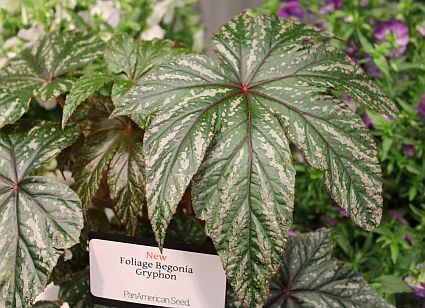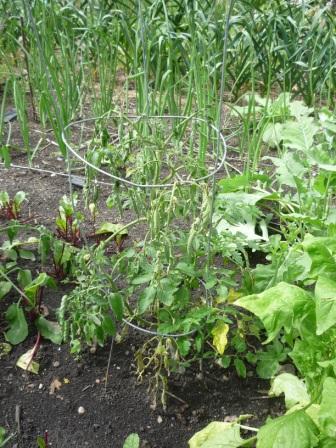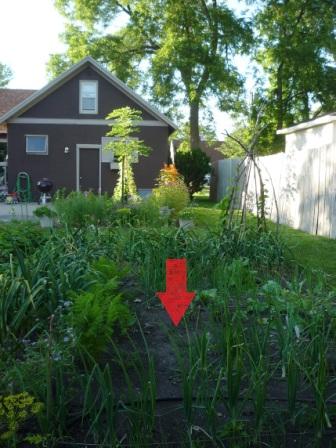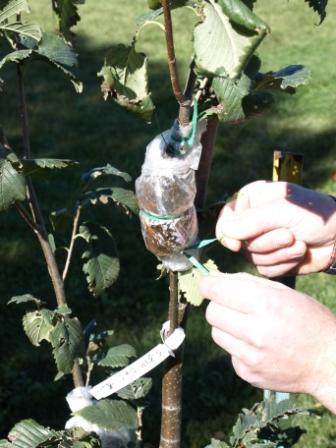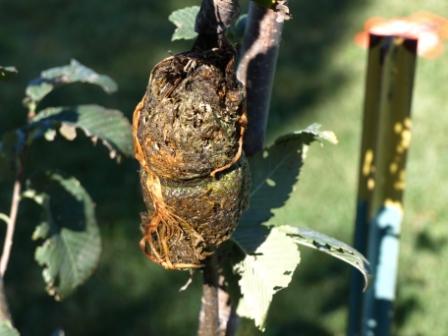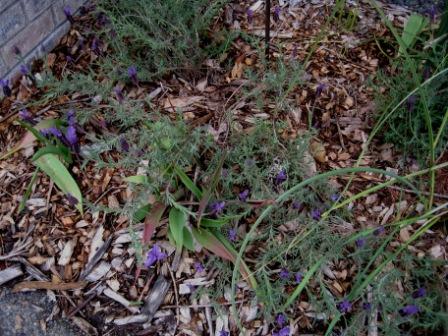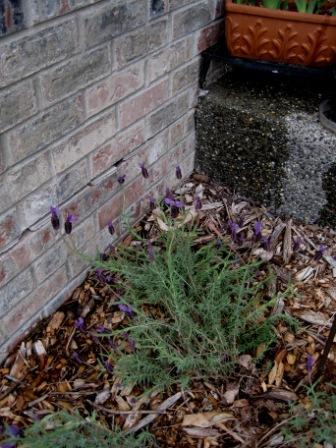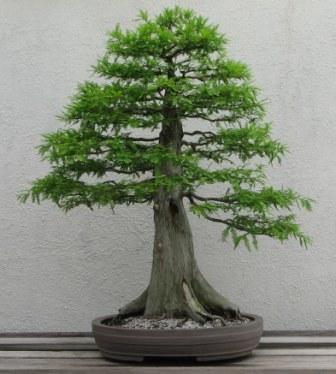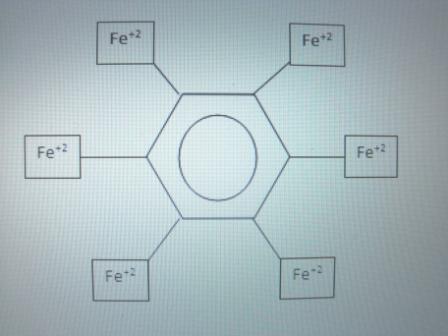Restoration ecology – the science of restoring degraded ecosystems – is another branch of applied plant sciences. Oddly enough, very little plant science makes it into the scientific literature of this field. This has driven me nuts for a number of years after reading an endless stream of papers where no mention is made of how plants are selected, installed, and managed. Or worse, some ancient horticultural practices are used – like amending the backfill with organic material rather than using just the native soil. Here’s what that will lead to:
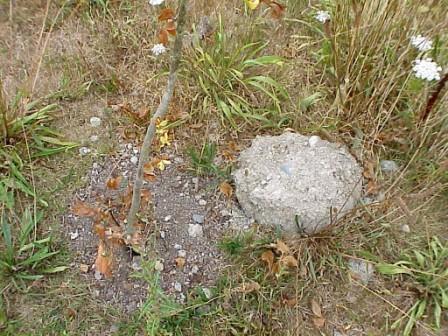
Native soil discarded in favor of “lite-n-fluffy” amendment
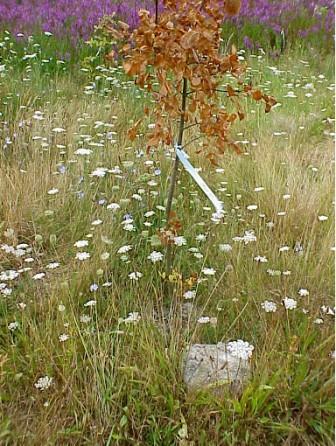 The whole story
The whole story
Restoration failures like this are often attributed to more esoteric causes, like lack of local plant gene pools in the plants used. Believe me, even local populations aren’t going to survive poor installation techniques.
Thus, one of my recent graduate students conducted a meta-analysis of the applied restoration ecology literature to analyze it for horticultural content. The results were not encouraging. In Kathleen’s thesis abstract, she states: “…careful selection and handling of planting stock, site and soil preparation, and rootball preparation, essential to increase survivorship of planted seedlings, are infrequently discussed in peer-reviewed restoration publications…Findings from this review support that restorationists either do not understand or are not providing important information to their peers, stakeholders, or the public on significant horticultural aspects of the restoration process.”
Now I know most of you are not restoration ecologists…but I’ll bet many of you are interested or actively involved in planting or maintaining native plant habitats, public greenspaces, degraded urban lots, etc. The science behind gardening is just as applicable to these “wilder” areas as it is to home landscapes and gardens.
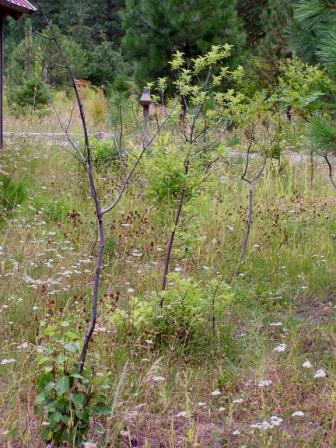
Failure of entire installation. Note suckering from the roots – an attempt by the tree to establish a shorter crown. (It’s easier to transport water to a short crown than a tall one, and suckers are often a symptom of root failure)
